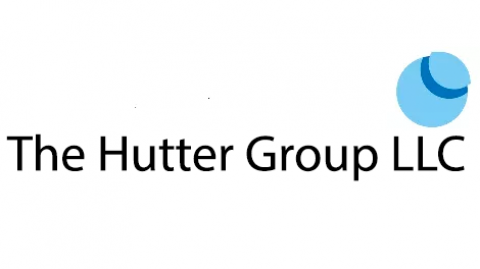Season 1 of my new Winning with Patents (and IP) podcast is live. Six episodes are up on Spotify and Anchor.fm. In this season, I provide listeners with insights gained over my almost 25 years of experience in IP litigation, patent prosecution, licensing, innovation management, and startup counseling. Instead of talking about how obtain patents and IP, I provide actionable guidance on how your business can generate value from patents and IP. Moreover, I show how innovators, entrepreneurs, and business leaders can virtually guarantee that patents and IP that they generate will be aligned with their desired business outcomes.
In coming weeks, I will provide the transcript of each episode, so check back or subscribe here. In the meantime, reach out directly if you'd like to learn more about how to generate patents and IP that move the needle on the value












